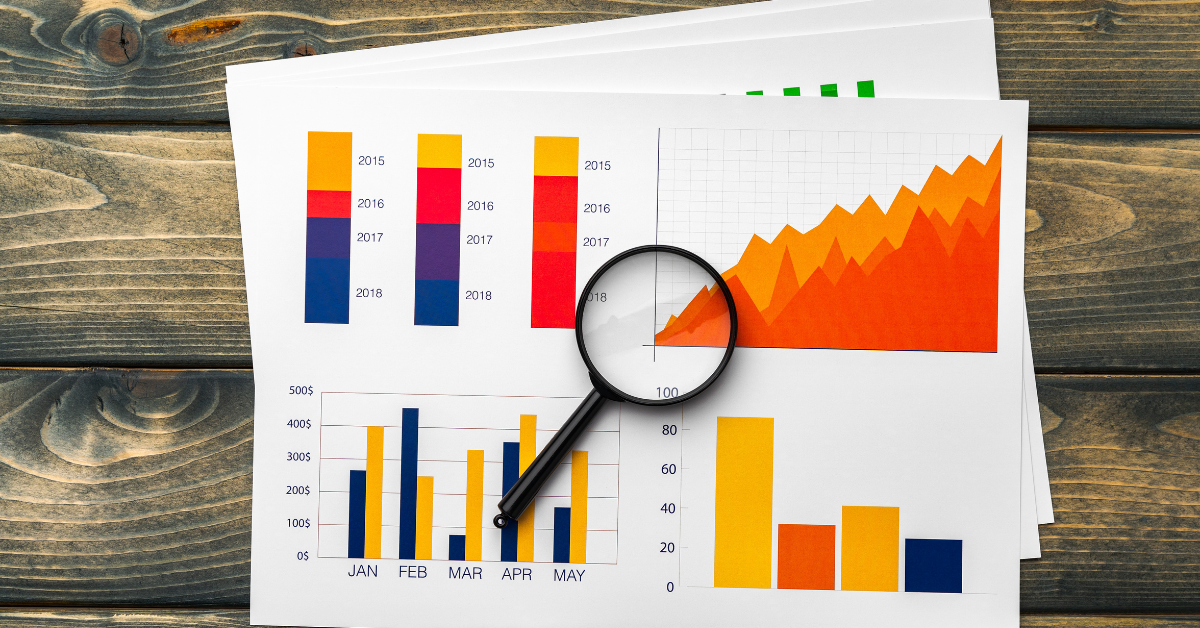

?In today's digital age, businesses have access to vast amounts of data. This data holds the key to unlocking valuable insights that can drive decision making and ultimately lead to more effective campaigns. Data-driven decision making is a process that involves analyzing and interpreting data to inform strategic choices. By leveraging the power of analytics, businesses can gain a competitive edge and maximize their campaign's success.
Data driven decisions are based on facts and evidence rather than gut feelings or intuition. This approach allows businesses to make informed choices that are backed by real data. By relying on data-driven decision making, businesses can eliminate guesswork and make choices that are more likely to yield positive outcomes. This is particularly important in the context of campaigns, where every decision can have a significant impact on the overall success of the initiative.
The Role of Analytics in Data-Driven Decision-Making
Analytics plays a pivotal role in data-driven decision making. It involves the collection, analysis, and interpretation of data to uncover patterns, trends, and insights. Analytics allows businesses to transform raw data into meaningful information that can guide decision making. By using analytics tools and techniques, businesses can gain a deeper understanding of their target audience, track campaign performance, and identify areas for improvement.
Data-driven decision making relies on accurate and reliable data. Analytics helps ensure that businesses have access to high-quality data that is relevant to their campaigns. By using analytics tools, businesses can collect and organize data from various sources, such as social media platforms, customer surveys, and website analytics. This data can then be analyzed to extract valuable insights about customer behavior, preferences, and engagement levels.
Analytics also enables businesses to measure the effectiveness of their campaigns. By tracking key performance indicators (KPIs) and analyzing campaign data, businesses can assess the impact of their marketing efforts. This allows them to identify what is working well and what needs to be adjusted. Analytics provides businesses with the ability to make data-driven decisions that are based on concrete evidence and measurable results.
How to Collect and Analyze Data Effectively
Collecting and analyzing data effectively is crucial for data-driven decision making. Here are some best practices to consider:
Best Practices for Data-Driven Decision Making
Data-driven decision making can be a complex process, but following best practices can help ensure success. Here are some key considerations:
Conclusion
Data-driven decision making is a powerful approach that can drive effective campaigns. By leveraging analytics and collecting and analyzing data effectively, businesses can make informed choices that are more likely to yield positive outcomes. Embracing a data-driven culture, continuously monitoring and evaluating campaigns, and embracing predictive analytics are key best practices for success. Data-driven decision making empowers businesses to make strategic choices based on facts and evidence, ultimately leading to more effective campaigns and a competitive edge in today's digital landscape.